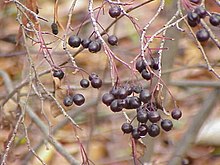
Item Name: Aviptadil Acetate
Molecular Formula: C147H238N44O42S
CAS No.: 40077-57-4
Sequence: His-Ser-Asp-Ala-Val-Phe-Thr-Asp-Asn-Tyr-Thr-Arg-Leu-Arg-Lys-Gln-Met- Ala-Val-Lys-Lys-Tyr-Leu-Asn-Ser-Ile-Leu-Asn-NH2
Properties of Aviptadil Acetate:
Purity (HPLC) 98%min.
Appearance White powder
Single Impurity (HPLC) 1.0%max
Amino Acid Composition ±10% of theoretical
Peptide Content (N%) ≥80.0%
Water Content (Karl Fischer) ≤6.0%
Acetate Content (HPIC) ≤10.0%
MS (ESI) Consistent
Mass Balance 95.0~105.0%
Aviptadil (INN) is an analog of vasoactive intestinal polypeptide (VIP) for the treatment of erectile dysfunction. The FDA also recommended that Senetek conduct a two-year rodent study of aviptadil as a result of previously reported brown adipose tissue proliferations observed in the course of a competitor's rodent study in which phentolamine mesylate was administered daily. In August 2000, the MCA lifted the hold on trials stating the findings do not represent a significant carcinogenic risk in man. In October 2000, marketing approval in the UK was granted by the MCA. Regulatory filings in other European countries are underway to seek pan-European approval for aviptadil under the Mutual Recognition Process.
Read More: buy Aviptadil acetate
















































